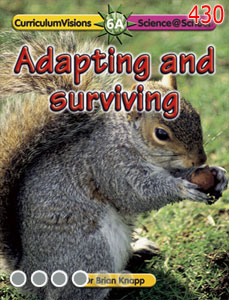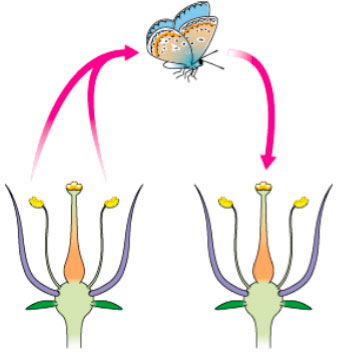Pollen is made by the male part of the flower called the stamens. Pollen is in the form of tiny grains. They make a yellow dust on the tips of the stamens. The female part of a flower needs the contents of the pollen grains to make seeds.
A flower may have both male and female parts and some flowers simply pollinate themselves. When this happens the pollen falls from the stamens onto a sticky surface called the stigma. From here the contents of the pollen grains travel into the ovary below the stigma and the seeds are formed.
Most plants have flowers in which the stamens release the pollen before the female part of the same plant is ready to receive it. This stops the plant self pollinating and the pollen is carried to another flower which has a sticky stigma to collect it.
This kind of pollination may be carried out by insects or the wind. Flowers which use insects for pollination are called insect pollinated flowers. Flowers which use the wind are called wind pollinated flowers.
Whichever kind of pollination occurs, the pollen must be transferred between the flowers of the same kind or species of plant. The pollen of the bluebell, for example, would not cause the seeds to develop in a primrose. It will only cause the seeds to develop in another bluebell plant.





